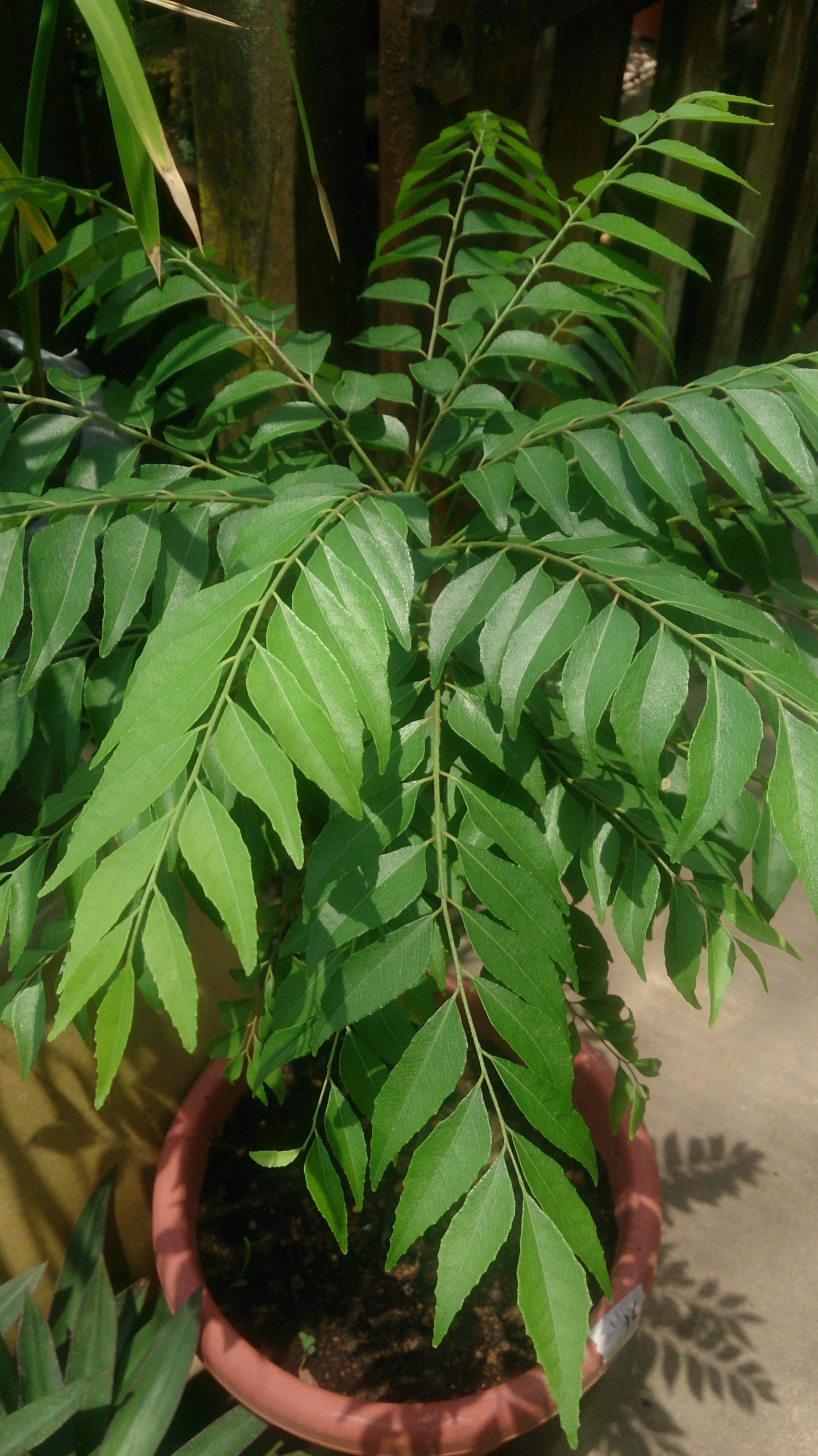
Firstly, introducing Auscrops, a wonderful market vending company bridging farmers and customers together through market vendors. Click here to find out more about Curry Tree as well fruit and vegetable offers.
Curry Tree – The Benefits
The Curry Tree, or Murraya koenigii, is a tropical to subtropical evergreen tree native to India and Sri Lanka. This small tree has many benefits that make it popular for both culinary and ornamental purposes. Not only produces fragrant flowers as well beautiful foliage, but also produces edible fruit used in cooking. Let’s take a closer look at this interesting plant.
Description of the Tree
The curry tree grows up to 15 feet high with an open canopy that spreads outwards. The leaves are glossy green with serrated edges, while the small white flowers have an intense fragrance reminiscent of jasmine. These flowers bloom from late spring through early summer and are followed by yellow-green berries which ripen into black fruits in autumn. These fruits are about 1 inch in diameter and contain a single seed surrounded by sweet pulp.
Culinary Uses
The leaves of the Curry tree used as a seasoning agent in Indian cuisine. They impart an earthy taste with citrus undertones that is often used to enhance curries and other dishes like dals (lentils). The fruit eaten raw or made into jams, chutneys, and sauces. Also dried or frozen for later use. In addition to its culinary uses, the leaves of the Curry tree have medicinal properties such as being antifungal and antibacterial agents when applied topically on cuts or wounds.
Care Instructions
Easy to care for; thrives in well-drained soil kept moist but not waterlogged and prefers full sun to partial shade exposure. Pruning done after flowering but before fruiting season so as not to interfere with pollination. Pests like aphids cause damage so regular checks made during warm weather seasons for infestations and treated accordingly if found.
Conclusion on Curry Tree
The Curry Tree is a unique plant with many uses. Both as an ornamental plant as well as a culinary ingredient in traditional Indian cuisine. Its beautiful foliage and fragrant blooms make it an attractive addition to any garden while its delicious fruits provide flavor to many dishes without overpowering them like some herbs do.
Click here to read similar articles.
 Français
Français 











